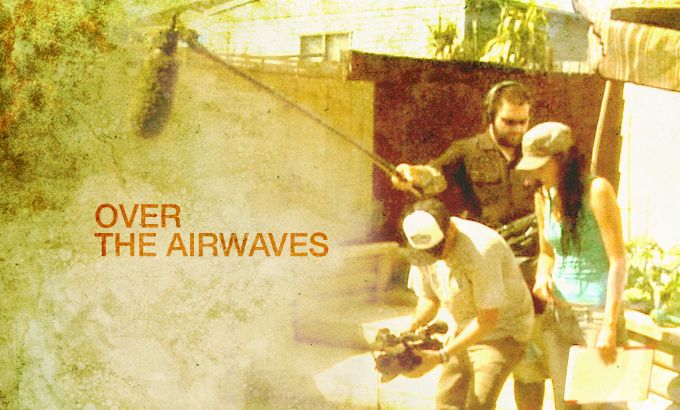
Over the Airwaves
The traditional storytelling of indigenous cultures is moving into a new era and new forms of transmission.
The traditional storytelling of indigenous cultures is moving into a new era and new forms of transmission. Indigenous TV programming has found an audience in countries like Australia, Canada and New Zealand – earning nick-names such as ‘satellite dreaming’.
“Traditionally we put songs and stories to a picture anyway. That’s part of our culture,” says Tricia Morton Thomas who works with an indigenous broadcaster in Australia. “Television is something that is just an extension of it.”
Keep reading
list of 4 itemsKing Charles unveils royal portrait
Cannes film festival hopes for ‘no controversies’ as wars, scandals rage
Energy summit seeks to curb cooking habits that kill millions every year
The challenge for these broadcasters, apart from the ever-present lack of funding, is to give the viewers what they want. They must provide a perfect mix of education and children’s programmes as well as mainstream programming. And special attention must be paid to the fact that many viewers do not speak the language fluently.
The shows need to be entertaining and educational at the same time, according to Jean LaRose at APTN Canada. “Our audience is looking to us to not only provide language programming, they’re looking to APTN to provide entertainment that could be in languages,” he says.
The key seems to be in providing content with specific relevance for the respective communities. Just like pretty much everyone else, indigenous people like to watch people they know and places and situations they can relate to.
Some broadcasters have more clearly stated language education objectives than others. Maori TV puts a lot of effort into producing content for children. However, this does not only mean education as such – the goal is to “normalise” the Maori language.
Maori independent TV producer Kay Elmers says: “They get the language in the classroom. But we can give it to them out and about. We actually show the kids that it is a real living language that can be used anywhere. It’s not just for school.”